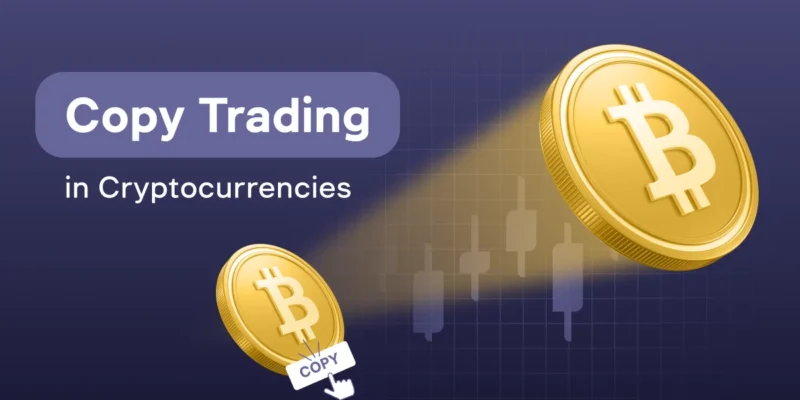Trading, a fundamental aspect of human commerce, has undergone a remarkable transformation over the centuries. From its primitive beginnings to the sophisticated digital platforms of today, the evolution of copy trading reflects broader changes in technology, economics, and society.
The Dawn of Trade: Barter and Early Exchanges
Trading began with barter, the direct exchange of goods and services. Early humans traded essentials like food, tools, and clothing, often based on immediate needs and mutual benefit. This system, while effective in small communities, had limitations—primarily, the “double coincidence of wants,” where both parties had to want what the other offered.
The advent of money revolutionized trade. Ancient civilizations, including the Mesopotamians, Egyptians, and Chinese, began using various forms of currency such as metal coins, which provided a universal medium of exchange and a store of value. This innovation facilitated more complex transactions and expanded trade networks.
The Medieval Marketplace: Growth and Regulation
During the medieval period, trading evolved significantly with the establishment of marketplaces and trading routes. Cities became bustling centers of commerce, where merchants exchanged goods from distant lands. The Silk Road, for example, connected East Asia with Europe, facilitating not only the exchange of goods but also cultural and technological transfers.
Medieval trade was often regulated by local authorities to ensure fair practices and protect merchants. Guilds, associations of artisans and merchants, played a crucial role in setting standards, negotiating prices, and resolving disputes.
The Age of Exploration: Global Trade Networks
The Age of Exploration in the 15th and 16th centuries marked a new era in trading. European explorers like Christopher Columbus and Vasco da Gama established new sea routes, linking Europe with the Americas, Africa, and Asia. This era saw the rise of colonial empires and global trade networks.
The establishment of trading companies, such as the Dutch East India Company and the British East India Company, played a pivotal role in this period. They dominated international trade, dealing in spices, textiles, and other valuable commodities. This era also witnessed the birth of modern capitalism and the growth of financial markets.
The Industrial Revolution: Modernization and Innovation
The Industrial Revolution of the 18th and 19th centuries brought about significant changes in trade. Advances in transportation, such as the steam engine and railways, made it easier to move goods over long distances. The rise of factories and mass production increased the volume of goods available for trade.
Financial innovations, such as stock exchanges and trading companies, evolved to support this growing trade. The New York Stock Exchange, founded in 1792, became a central hub for trading stocks and bonds, marking the beginning of modern financial markets.
The Digital Age: The Rise of Electronic Trading
The late 20th and early 21st centuries ushered in the digital age, revolutionizing trading once again. The advent of computers and the internet led to the creation of electronic trading platforms. This shift allowed for faster, more efficient transactions and opened up trading to a broader audience.
Online trading platforms, such as E*TRADE and Robinhood, democratized access to financial markets, allowing individual investors to trade stocks, bonds, and other assets from their homes. High-frequency trading and algorithmic trading became prevalent, using complex algorithms to execute trades at lightning speeds.
The Blockchain Revolution: The Future of Trading
Today, the emergence of blockchain technology represents the latest frontier in trading. Blockchain, the technology underlying cryptocurrencies like Bitcoin, offers a decentralized and secure way to conduct transactions. Its applications extend beyond cryptocurrencies to include smart contracts, decentralized finance (DeFi), and tokenized assets.
Blockchain technology has the potential to transform traditional trading by reducing intermediaries, increasing transparency, and enhancing security. As this technology continues to develop, it could reshape the landscape of global trade, offering new opportunities and challenges.
Conclusion: Trading’s Unceasing Evolution
The journey of trading from barter to blockchain reflects humanity’s constant quest for efficiency, fairness, and innovation. Each era has introduced new methods and technologies, shaping the way we trade and interact with the world. As we look to the future, the evolution of trading will likely continue to be driven by technological advancements and global trends, offering exciting possibilities for the next chapter in this ongoing saga.

